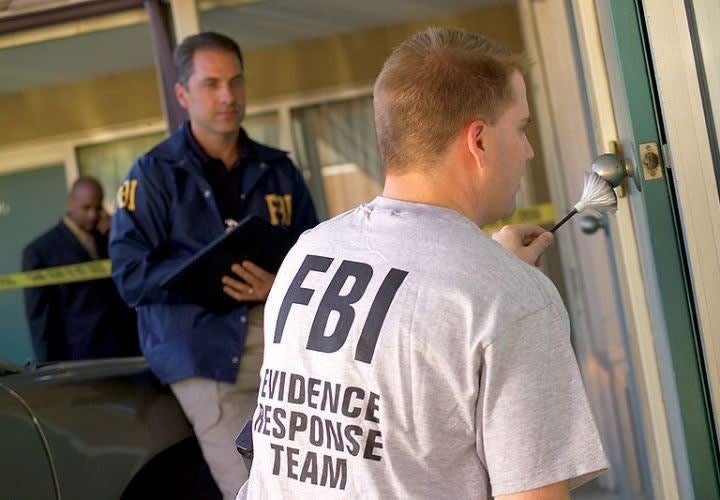The size of each team varies, but there are at least six standard roles that include team leader, photographer, sketch preparer, evidence log recorder, evidence custodian, and evidence collector. Canine search units are often used to locate chemical substances or narcotics. For more challenging crime scenes, specialists can be brought in that include anthropologists, bomb technicians, and surveyors.
Field ERTs must be skilled in latent print development and collection, DNA and trace evidence collection, human remains identification and recovery, bullet trajectory analysis, blood detection and collection, and post-blast and arson evidence collection. Of course, evidence is analyzed at the FBI Laboratory at agency headquarters in Quantico, Va.
In recent years, the team has been sent out to give demonstrations for youth groups and students that to some degree function as a recruiting campaign.
"By meeting with these kids one on one, school by school, community by community, we hope to get them thinking about working at the FBI when they're older," says Dayna Sepeck, chief of the ERT unit. "We also hope that, as adults looking back on their interaction with us, they'll be fully supportive of our mission to protect the nation."
The pay grade for team members varies by assignment. Starting pay comes in at nearly $34,000 a year, and members with advanced degrees, military rank, or law enforcement experience can earn up to $120,000 a year.












